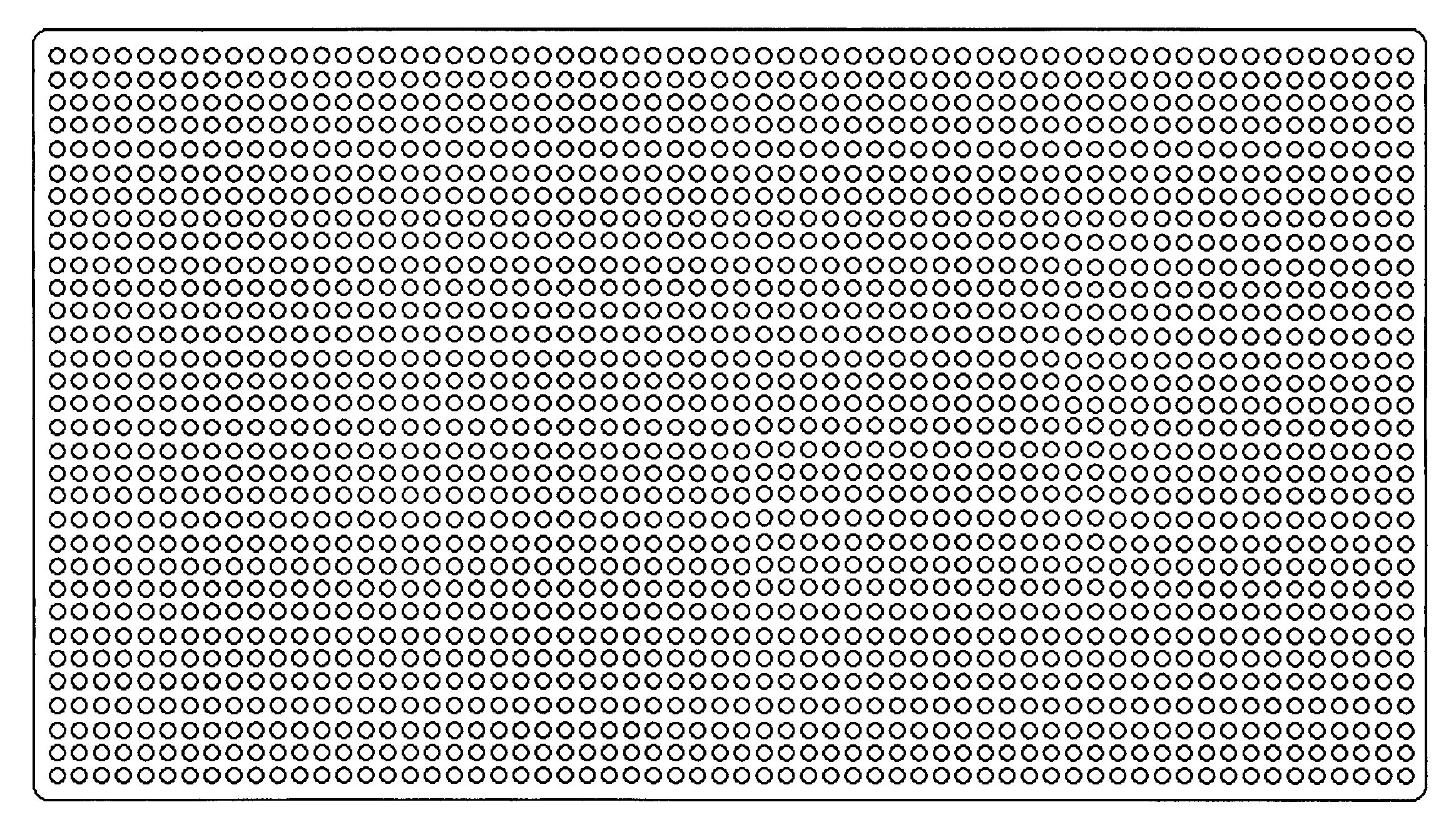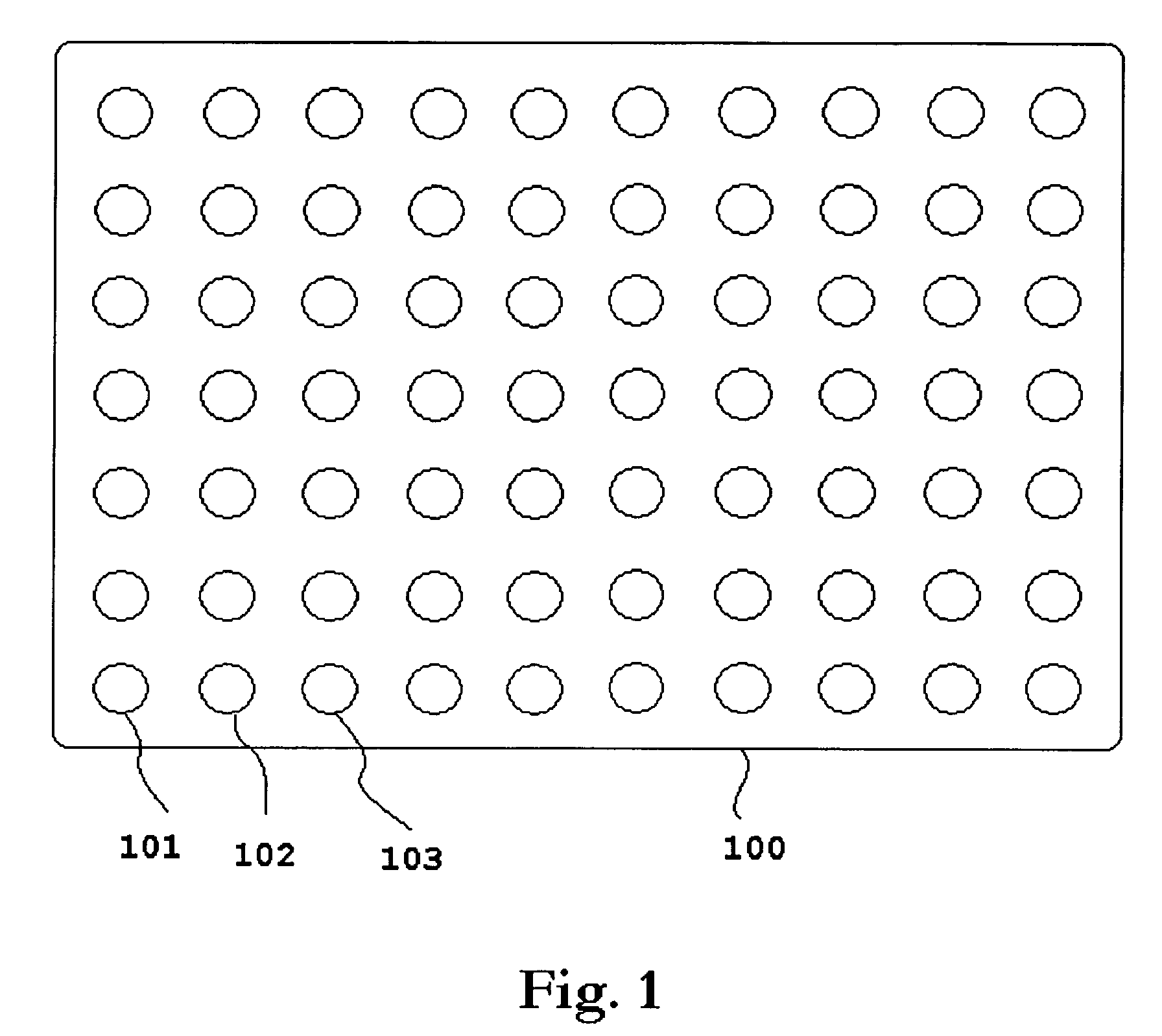Thermal compressive aerating bandage and methods of use relating to same
a compression aerating and bandage technology, applied in the field of medical devices, can solve the problems of aggravated injuries, inability to use, and often leakage of bags, and achieve the effect of effectively covering the treatment area, and increasing the elasticity of the bandag
- Summary
- Abstract
- Description
- Claims
- Application Information
AI Technical Summary
Benefits of technology
Problems solved by technology
Method used
Image
Examples
Embodiment Construction
[0031]Embodiments of the invention are directed to a crosslinked high-polymer materials with elastic behavior (eg., an elastomer) formed for use as a bandage or compression wrap. The bandage is designed to retain alterations in temperature so that when applied to an area in need of treatment the bandage effectuates a change in temperature to that area while simultaneously aerating and allowing for compression to be applied. Thus, the bandage implementing one or more aspects of the invention can, for instance, provide a mechanism for cooling or heating an area of a person or animal that has been injured or is in discomfort. In the case where a user wishes to cold treat an area, the user can cool the bandage by exposing the bandage to a refrigerated environment for a duration of time adequate enough to bring the bandage's refrigerated environment for a duration of time adequate enough to bring the bandage's temperature, the user may apply the bandage to the desired area for purposes o...
PUM
| Property | Measurement | Unit |
|---|---|---|
| thickness | aaaaa | aaaaa |
| thickness | aaaaa | aaaaa |
| thickness | aaaaa | aaaaa |
Abstract
Description
Claims
Application Information
 Login to View More
Login to View More - R&D
- Intellectual Property
- Life Sciences
- Materials
- Tech Scout
- Unparalleled Data Quality
- Higher Quality Content
- 60% Fewer Hallucinations
Browse by: Latest US Patents, China's latest patents, Technical Efficacy Thesaurus, Application Domain, Technology Topic, Popular Technical Reports.
© 2025 PatSnap. All rights reserved.Legal|Privacy policy|Modern Slavery Act Transparency Statement|Sitemap|About US| Contact US: help@patsnap.com



